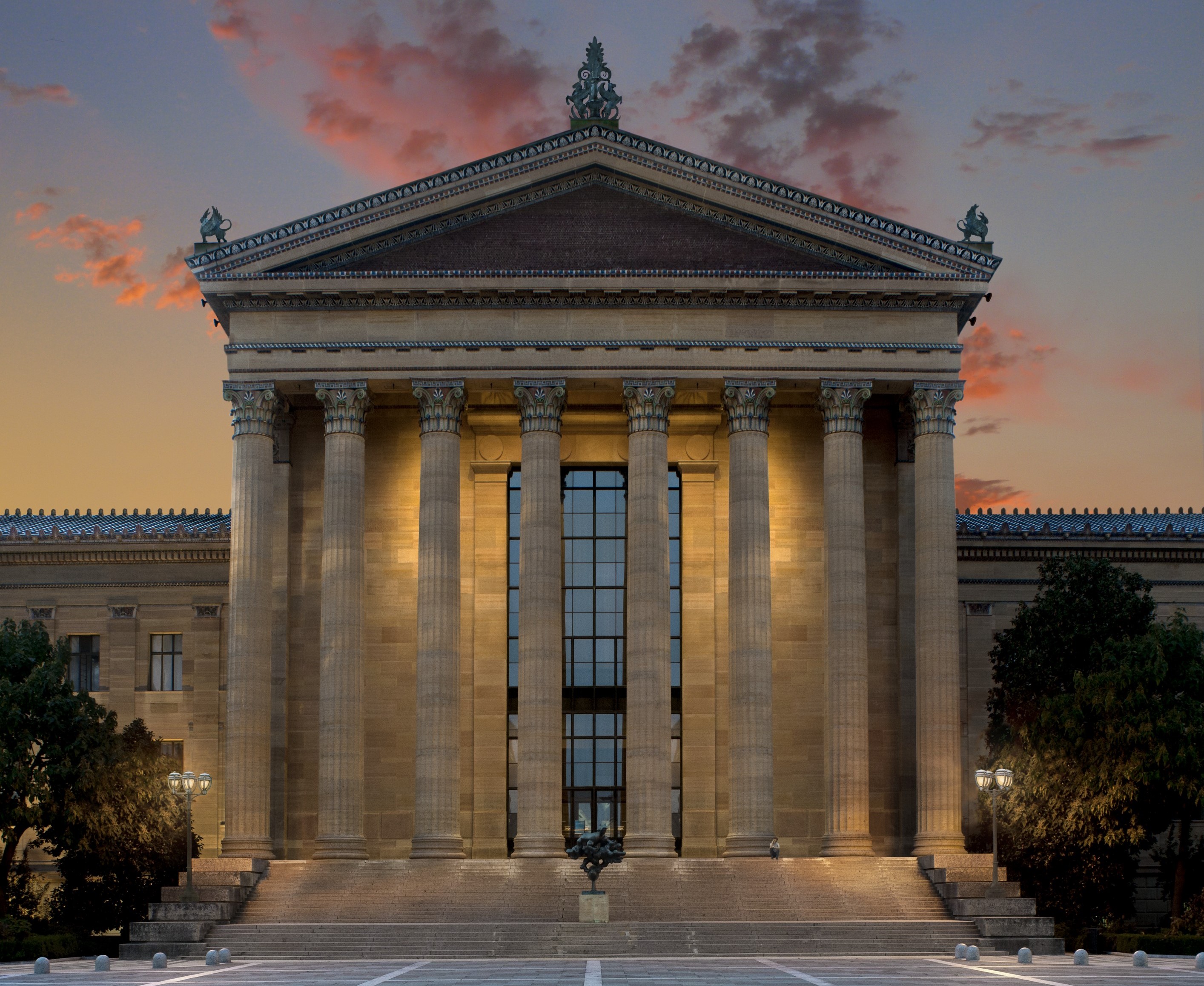Apr 1 2017 - Dec 3 2017
Philadelphia, PA
100 years ago, Duchamp’s Fountain turned the art world upside down. Was it art? A hoax? Join us as we celebrate the centennial of the provocative and influential work that changed the course of modern art. Learn the story of Fountain, with period photographs, publications, and more of the artist’s ready-mades from our unrivaled Duchamp collection.
Duchamp’s readymades are mass-produced objects that the artist chose, signed, and sometimes inscribed with mysterious phrases. He used them to shake up the accepted norms of artistic creation. Duchamp considered them his greatest achievement.
How the Scandal Unfolds: In the spring of 1917, Duchamp buys a urinal from the New York showroom of the J. L. Mott Iron Works. After signing it “R. Mutt,” he anonymously submits it as Fountain to an exhibition organized by the Society of Independent Artists. Despite its “no jury” policy, the Society rejects the work and Duchamp resigns from the group in protest. A few days later, Duchamp brings Fountain to celebrated artist Alfred Stieglitz, who photographs it for The Blind Man, an avant-garde magazine published by Duchamp and his friends. In its May issue, the magazine publishes the photograph alongside essays defending the work. An unsigned editorial declares, ”Whether Mr. Mutt with his own hands made the fountain or not has no importance. He CHOSE it. He took an ordinary article of life, placed it so that its useful significance disappeared under the new title and point of view—created a new thought for that object.” Fountain is lost or destroyed soon after. The work becomes more widely known later through replicas, the earliest of which is in the Museum’s collection. One hundred years after its creation, Duchamp’s readymade sculpture continues to spark debate and bewilder.
Exhibition overview from museum website
Exhibition Venues & Dates
Apr 1 2017 - Dec 3 2017
Philadelphia, PA
